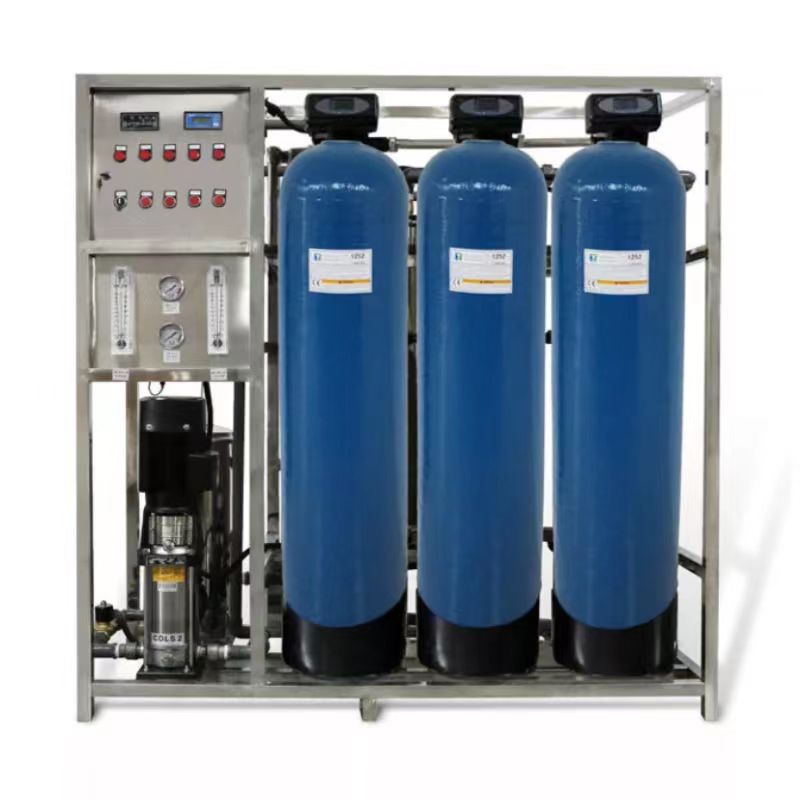Preserving Purity: A Guide to RO System Filter Replacement
2023-11-18
Introduction:
Reverse Osmosis (RO) systems are champions of water purity, but maintaining their effectiveness requires attention to one critical aspect—filter replacement. The filters in an RO system play a pivotal role in ensuring the removal of contaminants, and understanding when and why to replace them is essential. In this blog, we'll explore the frequency of filter replacement and the telltale signs that indicate it's time to preserve and prolong the purity of your water.
1. The Basics of RO System Filters:
RO systems typically include multiple filters with distinct functions—pre-filters to trap larger particles, the RO membrane for fine filtration, and post-filters for additional purification and taste improvement. Each filter has a specific lifespan based on factors such as water quality, usage, and the type of filter material.
2. Regular Replacement Intervals:
- Pre-filters: Generally, these need replacement every 6 to 12 months. However, if your water source contains higher sediment levels, more frequent replacements may be necessary.
- RO Membrane: Lifespan can range from 2 to 5 years, depending on usage and water conditions. Regular monitoring of water quality is crucial to determine when replacement is needed.
- Post-filters: Replacement intervals are typically every 6 to 12 months, similar to pre-filters.
3. Signs It's Time for Replacement:
- Reduced Water Flow: A gradual decrease in water flow from the faucet is a common indicator that the pre-filters may be clogged and need replacement. This can impact the overall efficiency of the RO system.
- Taste and Odor Changes: If you notice a shift in the taste or odor of the purified water, it could indicate that the post-filters need replacement. Activated carbon filters in this stage are effective at improving taste and removing residual odors.
- Drop in TDS Removal: Total Dissolved Solids (TDS) levels in the purified water should be consistently low. If TDS levels begin to rise, it suggests that the RO membrane may be losing its effectiveness and requires replacement.
- Visual Inspection of Pre-filters: If the pre-filters appear visibly dirty or discolored during routine checks, it's a clear sign that they are nearing the end of their lifespan and should be replaced.
- Pressure Drop Across the System: A significant drop in water pressure throughout the RO system may indicate clogged filters, particularly the pre-filters. Regularly monitoring water pressure is essential for early detection.
- Membrane Fouling: If the RO membrane develops fouling or scaling, it may be a sign of improper pre-filtration or a need for more frequent membrane replacements. Monitoring membrane performance is crucial for system longevity.
4. Importance of Timely Replacement:
Regular and timely replacement of filters is vital for maintaining the efficiency and longevity of an RO system. Neglecting to replace filters can lead to decreased performance, increased energy consumption, and potential damage to the RO membrane, resulting in compromised water quality.
5. Customizing Replacement Schedules:
Factors such as water quality, usage patterns, and the type of filters used can influence replacement intervals. It's advisable to monitor these factors and, if needed, customize the replacement schedule to ensure optimal system performance.
Conclusion:
Preserving the purity of water through an RO system is a commitment that extends beyond the initial installation. Regular monitoring and timely replacement of filters are essential practices to uphold the system's efficiency and safeguard the quality of the water you consume. By recognizing the signs and adhering to recommended replacement intervals, you not only ensure the longevity of your RO system but also enjoy the continuous assurance of clean and pure drinking water.



